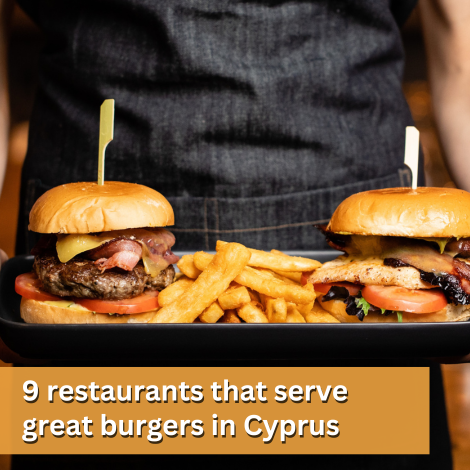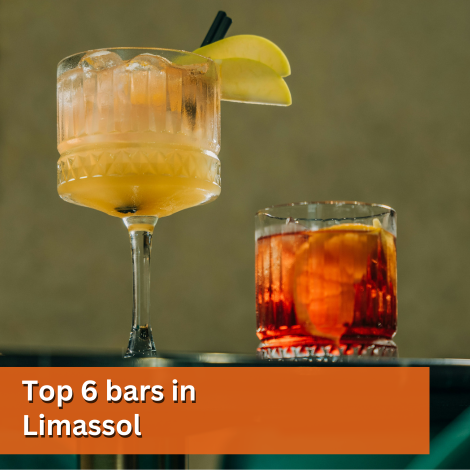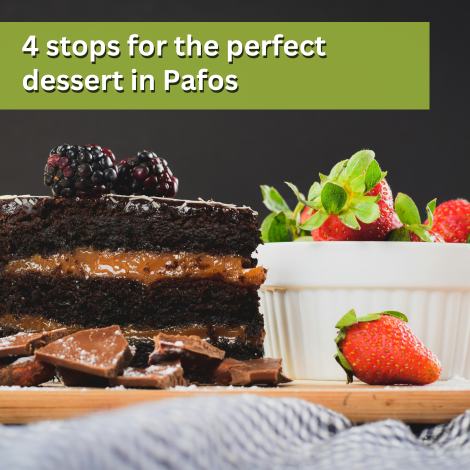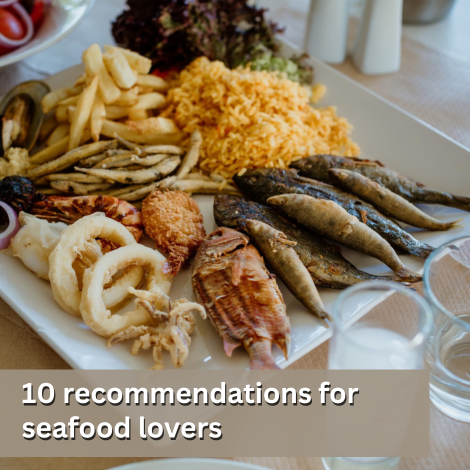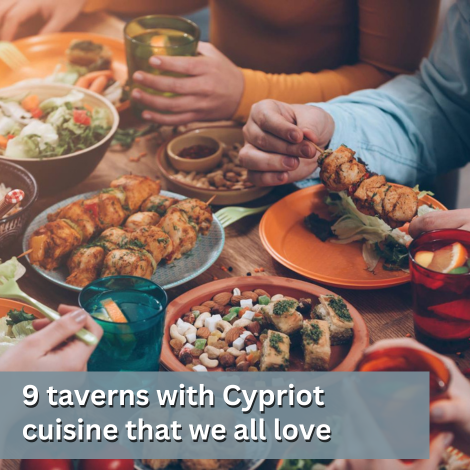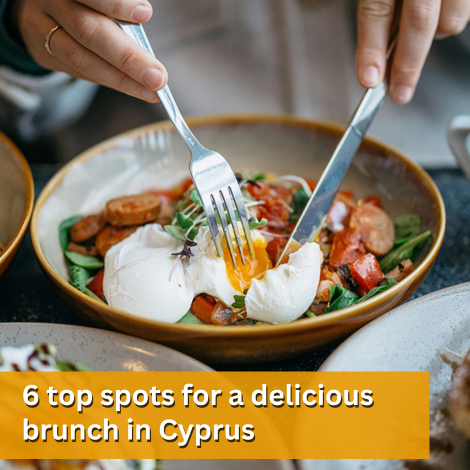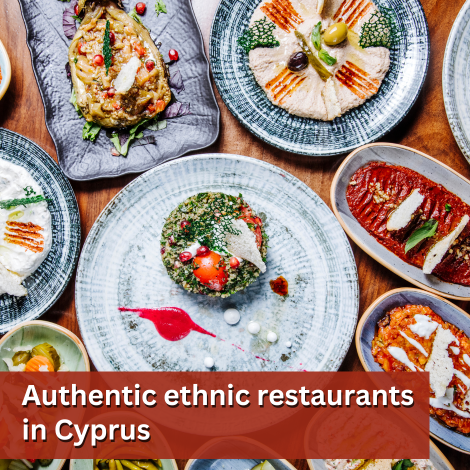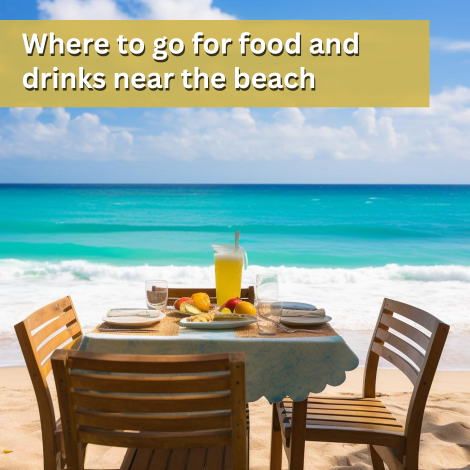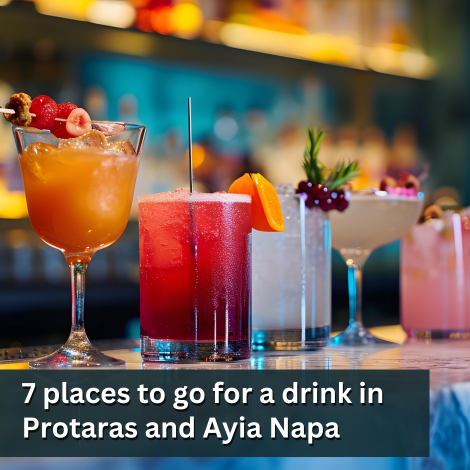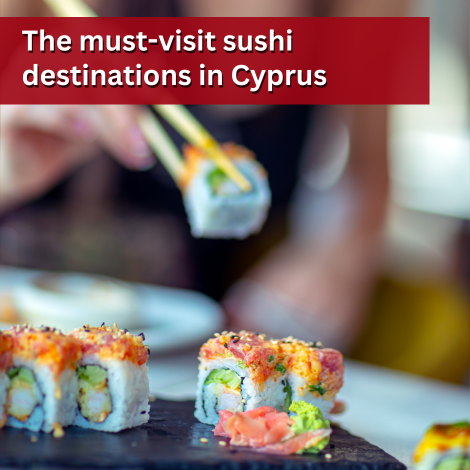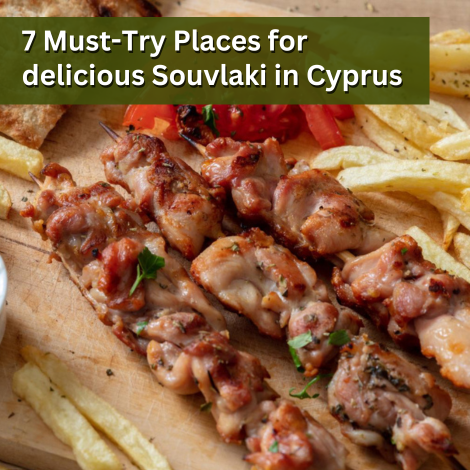Vasa Koilaniou
Religious Treasures, Folk Tradition, Education and Zivania...
Vasa Koilaniou village is a picturesque wine village of the Limassol province, built in a small valley, at an average altitude of 750 meters and approximately 35 kilometres from the city.
Vasa borders to the northeast with Omodos and Platres, to the southwest with Malia and Arsos, to the southeast with Potamiou and to the south with Kissousa and Pachna.
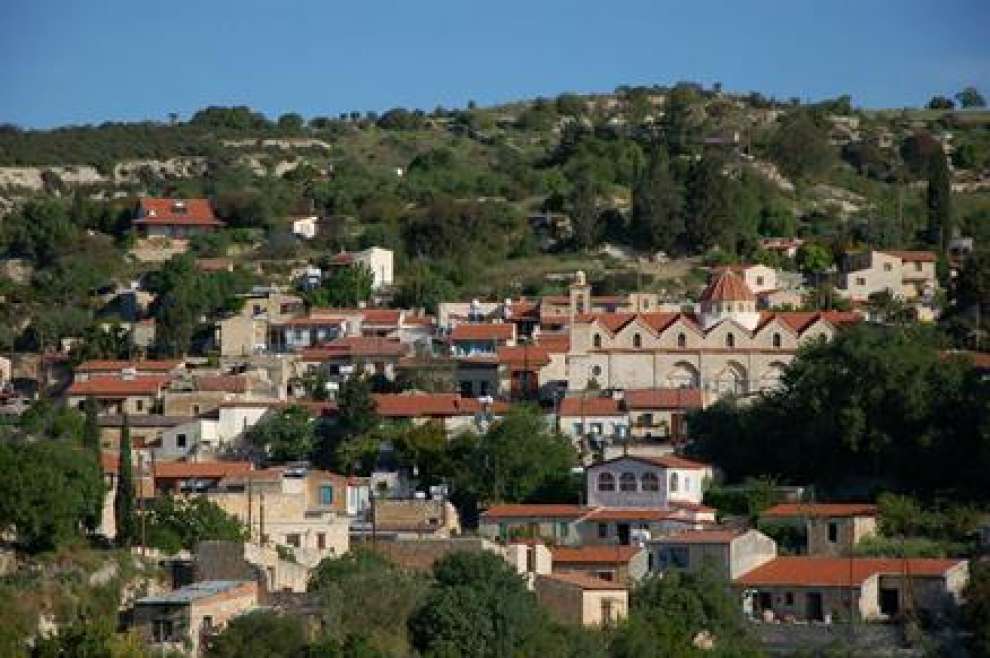 Photo: Βάσα Κοιλανίου
Photo: Βάσα Κοιλανίου
The name of the Village:
The village took its name, which is purely of ancient Greek origin from the word "Vassa or Vissa" which means "wooded valley".
A second version states that the village of Vasa Koilaniou may have been associated with the settlement to Cyprus by the Arcadians of the Peloponnisou, since in ancient times there was a settlement called "Vassae" in which Arcadian was famous and in the village of Vasa there was the sanctuary of Apollo in the place where today the central church is built, which reinforces the above view.
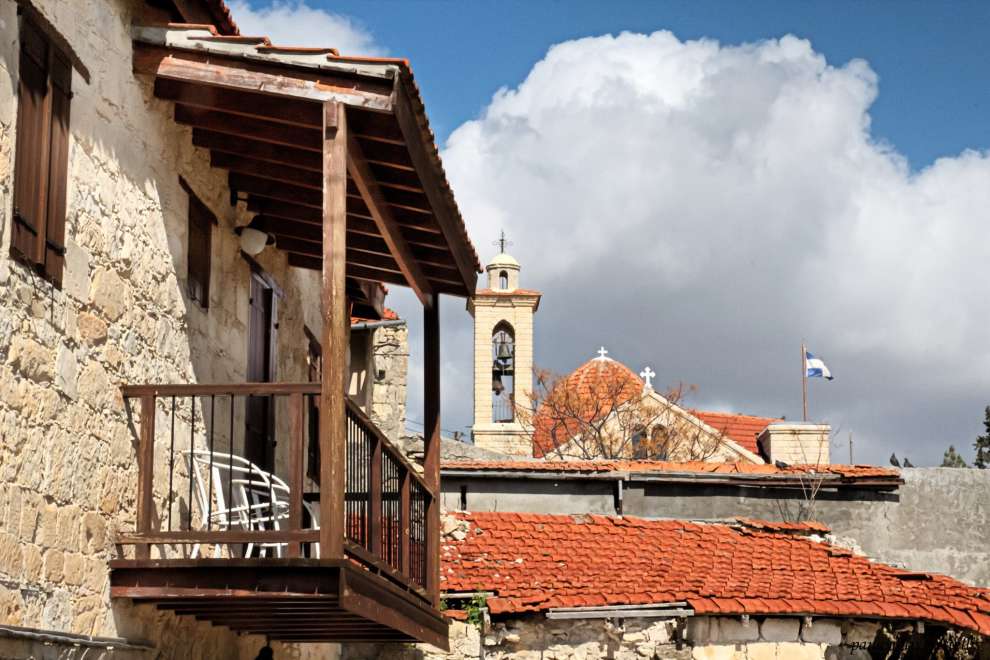 Photo: Pastellis Panayiotis
Photo: Pastellis Panayiotis
Historical Data:
During the Medieval years, Vasa Koilaniou was an important estate of the Crusaders and Barons, Imbelins of Giaffa. According to Gunnis’ report, there were remnants of a tower on a hill in the centre of the village, probably on the hill behind the church, as witnessed by the discovery of Venetian swords in 1993.
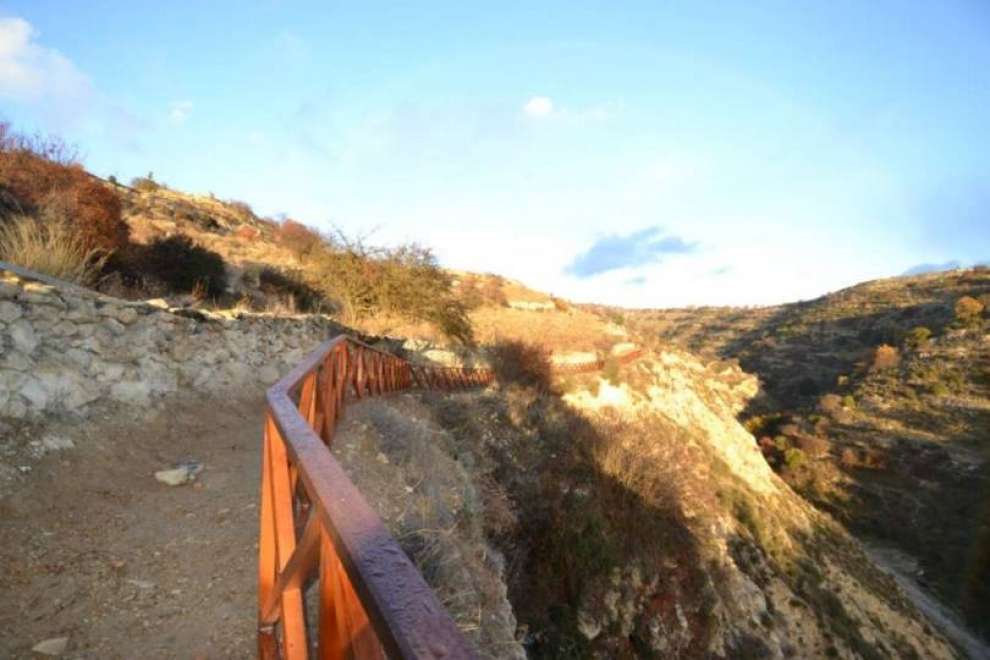 Photo: Βάσα Κοιλανίου
Photo: Βάσα Κοιλανίου
Attractions and Churches:
Walking through the village you will find that the charming traditional architecture with cobbled streets, built with impeccable lime stone, are still preserved.
It should be noted that even today many houses have old wineries and modern presses for the production of the famous wine of Vasa and distilleries for the production of zivania.
In Vasa Koilaniou, you will find beautiful and fascinating religious buildings such as the Church of Panagia Evangelismou which began to be built in 1896-1900, the chapel of Timios Prodromos built between the traditional houses of the village and in the church museum, the chapel of St. George 14th century building, the chapel of Saint Barnabas which is essentially the cave where it was erected and his remains were found there. It is worth noting that the Holy Icon of Saint Barnabas dates back to the 15th century. Also in Vasa, there is the chapel of the Apostle Timona built just outside the village and the chapel of Prophet Elias.
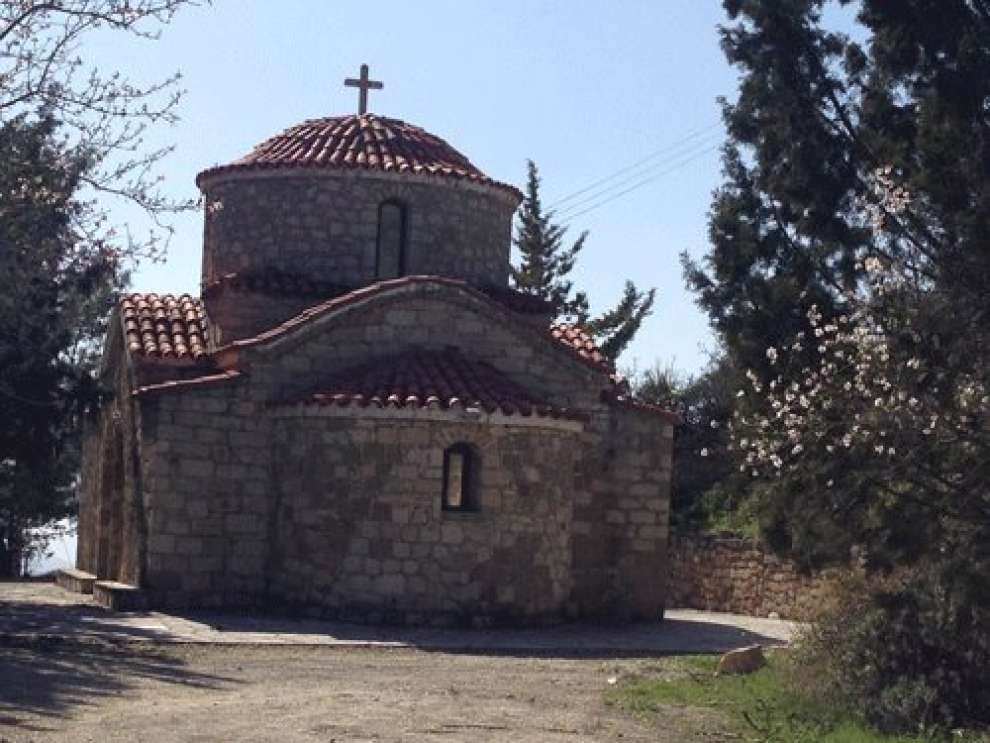 Photo: Βάσα Κοιλανίου
Photo: Βάσα Κοιλανίου
There are several museums in the village, such as the Ecclesiastical Museum, which was created to house and preserve the religious treasures of our country. In the museum the visitor is able to see many icons and ecclesiastical relics of Hellenism and Orthodoxy. In addition, there is the Museum of Folk Tradition, which exhibits agricultural tools, as well as everyday life tools used by the villagers in the past, the Museum of Education and the Museum of Zivania.
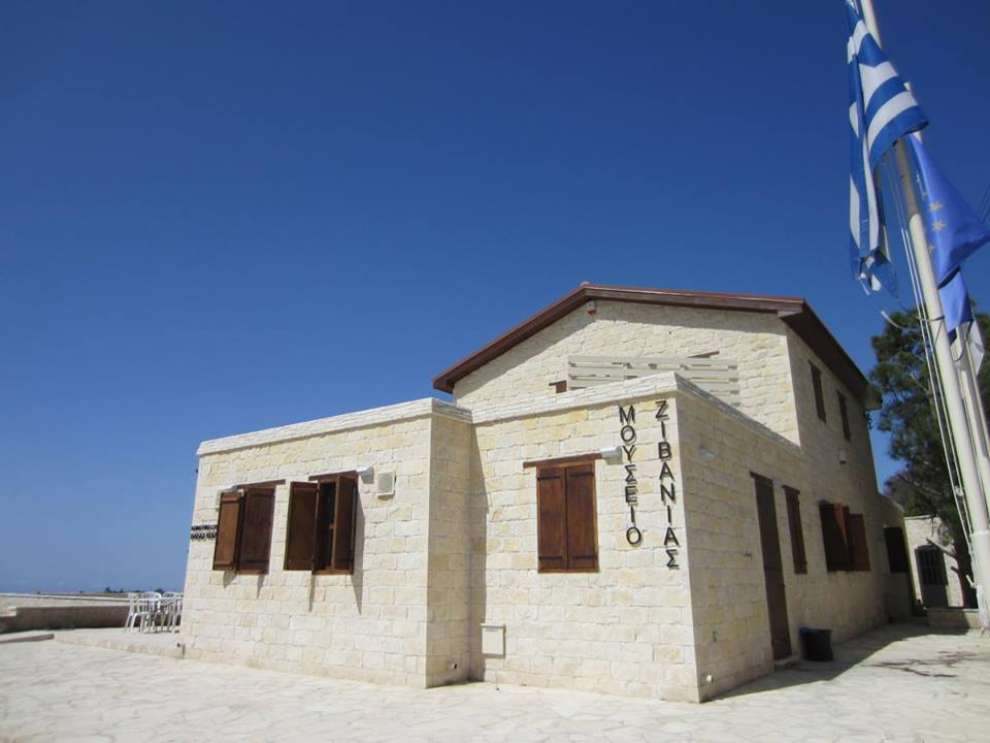 Photo: Βάσα Κοιλανίου
Photo: Βάσα Κοιλανίου
Population:
The village, as well as all the wine villages in the area, have undergone major population changes. In 1881 the population of Vasa was 397, to increase to 512 in 1891 and to 871 in 1946. Due to urbanization, the population decreased to 741 in 1960, and by 1982 it was only 367. In the last census of 2001, the population was 170.
Crops and Occupations:
Vasa Koilaniou is one of the most important wine villages in the area and was famous in previous historical periods for its vineyards. Its inhabitants, therefore, were engaged in the production of wine and the cultivation of vineyards.
Vasa is the fifth wine village in Limassol based on the area cultivated with vines, and it is among the first villages where the area cultivated with vineyards exceeds 40% of its total area.
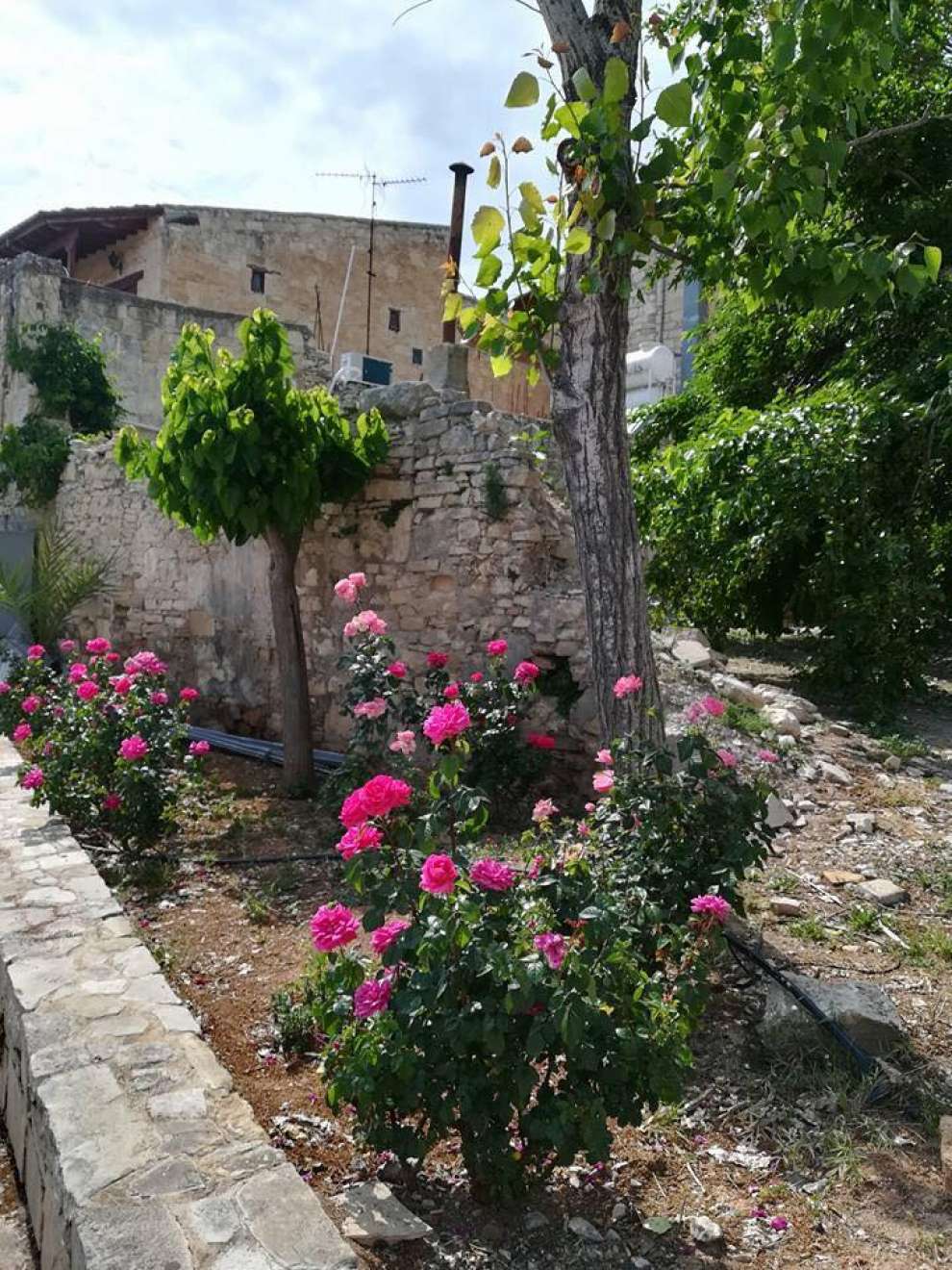 Photo: Ο ΚαΦεΝές
Photo: Ο ΚαΦεΝές
For the map of the area click HERE

 English
English
 Ελληνικά
Ελληνικά Русский
Русский
